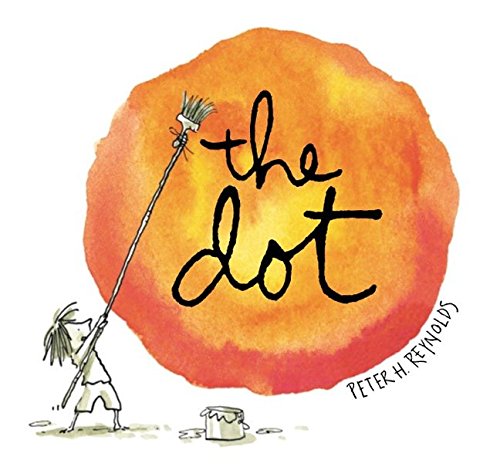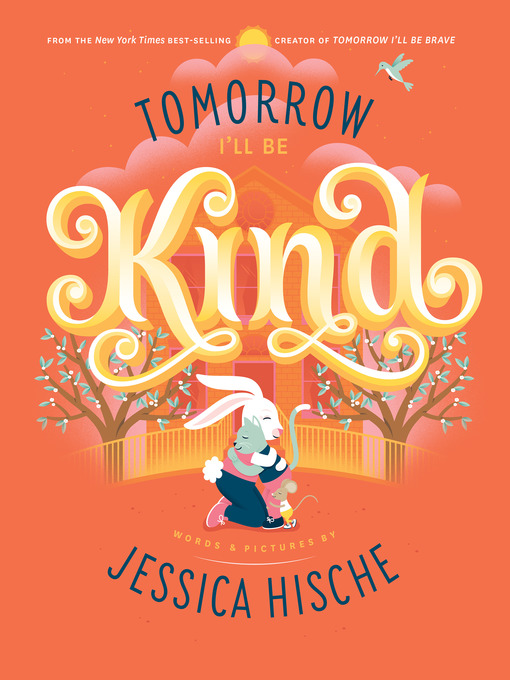Dive into Summer Reading with Great Teen Reads
by Crystal Hicks, Collections Librarian
 School’s out, temperatures are soaring, and summer’s now in full swing. Though this may be a summer unlike any other, there are still some constants, including teens with a lot of free time. With so many regular summer pastimes unavailable, this is a great time to explore all the great YA books available, from new titles by favorite authors to escapism and more. All of these titles are readily available, either digitally on Sunflower eLibrary or physically through our Library Carryout service.
School’s out, temperatures are soaring, and summer’s now in full swing. Though this may be a summer unlike any other, there are still some constants, including teens with a lot of free time. With so many regular summer pastimes unavailable, this is a great time to explore all the great YA books available, from new titles by favorite authors to escapism and more. All of these titles are readily available, either digitally on Sunflower eLibrary or physically through our Library Carryout service.
The most popular teen title of the summer already seems to be The Ballad of Songbirds and Snakes by Suzanne Collins, a prequel to her mega-popular Hunger Games trilogy. In this book, a young Coriolanus Snow mentors Lucy Gray Baird, the female tribute from District 12, during the 10th annual Hunger Games. If you would rather listen to the audiobook, you can check it out immediately via Hoopla Digital.
Kiera Cass has built up a loyal following with her books that combine strong-willed heroines, courtly intrigue, and beautiful dresses. Her newest book, The Betrothed, is sure to appease her fans. After winning the affection of the king, Lady Hollis Brite thinks she has everything she needs to be happy, but a meeting with a commoner causes her to question what it is she really wants.
Teens missing out on summer camp can still get that summer-camp feel with L.C. Rosen’s Camp. Though Randy’s always enjoyed being himself during summers at Camp Outland, a camp for queer teens, he’s reinvented himself this year for a chance at love. As Randy gives up everything from flashy nail polish to the summer musical in order to catch the eye of hyper-masculine Hudson Aaronson-Lim, he comes to question the nature of love if you aren’t accepted for who you really are.
Abigail Hing Wen’s Loveboat, Taipei allows teens to imagine an escape from a summer stuck at home firmly under their parents’ eyes. When Chinese-American Ever Wong’s signed up for a summer study program in Taipei, she’s expecting the worst, but she discovers it’s nicknamed “Loveboat” for a reason. When she arrives, Ever is thrown into an exhilarating summer of scant adult supervision, love triangles, and self-discovery that teens will devour. Best yet, this book’s already been optioned to become a movie by the same team behind the fantastic To All the Boys I’ve Loved Before.
On the more fantastical side, teens who enjoyed Tomi Adeyemi’s Children of Blood and Bone can find another great Afrofuturist book in Amanda Joy’s A River of Royal Blood. In the Queendom of Myre, potential heirs must fight to the death for the right to the throne. As her battle with her sister approaches, Eva desperately looks for a teacher for her rare form of magick and for a way to challenge her country’s bloody and prejudiced traditions.
With racial tensions currently at a flashpoint, some teens may want to learn more about racism and anti-racism in America. Jason Reynolds and Ibram X. Kendi’s Stamped is a good starting point, as it provides a thorough and teen-friendly exploration of the topic. Beginning with the origins of racism over 500 years ago, the book continues through the present day to cover influential figures and different trends in the fight against racism. Reynolds punctuates this history with moments to pause and reflect, making for an enlightening, but not overwhelming, read.
For more teen book suggestions, check out the Teens’ Top Ten nominees at http://www.ala.org/yalsa/teenstopten. Every year, 25 books are selected by teens as nominees for the best books of the year, and teens across the country have the summer to read these titles before voting for their favorites in the fall. Every title on this list is available both digitally and physically, so teens can pick their favorite format to read them in before voting in the fall.
I hope it goes without saying that all of the above titles count for summer reading, even if read digitally or via audiobook. What else counts for summer reading? Any form of reading, including blogs, fanfiction, and webcomics. I hope that you and yours are all signed up for summer reading, which continues this summer for children, teens, and adults through the end of July. We’ll be offering programming online, as well, including live Zoom programs for teens. Prizes can be picked up at the library during select hours, on the west side of the building. You can sign up for summer reading and learn all about it at https://mhklibrary.org/summer-reading-2020/.


 For the last couple of months, I have been working from home. It took me a week or two to realize I would need to take a more active role in establishing a new work-life balance. In normal times, this balance can be difficult enough, but is largely determined just by the physical separation of your home and your workplace. When those two places merge, however, more of an effort is required to make the distinction between when you’re at work, and when you’re not.
For the last couple of months, I have been working from home. It took me a week or two to realize I would need to take a more active role in establishing a new work-life balance. In normal times, this balance can be difficult enough, but is largely determined just by the physical separation of your home and your workplace. When those two places merge, however, more of an effort is required to make the distinction between when you’re at work, and when you’re not. This summer will be very different for all of us, especially for our children. Unlike years past, we are not marking the end of a season with graduations, summer parties, and vacations. Our usual camps, clubs, and programs have been canceled. All of this uncertainty is leading many families, especially the kiddos, to feel unfamiliar stress and anxiety. Children manifest stress in ways that can look different than adults. Mood swings, bedwetting, thumb sucking, acting defiant, and bullying are all expressions of stress in children.
This summer will be very different for all of us, especially for our children. Unlike years past, we are not marking the end of a season with graduations, summer parties, and vacations. Our usual camps, clubs, and programs have been canceled. All of this uncertainty is leading many families, especially the kiddos, to feel unfamiliar stress and anxiety. Children manifest stress in ways that can look different than adults. Mood swings, bedwetting, thumb sucking, acting defiant, and bullying are all expressions of stress in children. Although the joy of school letting out might not feel the same for kids this year, it is still an important accomplishment that leads into a time of letting loose a little bit. Kids will be ready for some fun reading time of whatever books they like the most. The library is still hosting the annual Summer Reading program, with online registration starting Monday to earn prizes by reading, and with some online programs for all ages starting in June.
Although the joy of school letting out might not feel the same for kids this year, it is still an important accomplishment that leads into a time of letting loose a little bit. Kids will be ready for some fun reading time of whatever books they like the most. The library is still hosting the annual Summer Reading program, with online registration starting Monday to earn prizes by reading, and with some online programs for all ages starting in June. It is a time of transition. We just found out about a week ago that the library could open again soon, giving managers the go-ahead to make schedules and refine our plans to restore services in a way that is as safe as possible for staff and patrons. While some in our community are planning for reopening, some are recovering from illness, others are looking for jobs, and all of us continue to adjust to the new normal of regularly wearing masks, attending Zoom gatherings, and increased hand-washing. No matter what changes we face in the next few months, we can all use a little help to navigate them.
It is a time of transition. We just found out about a week ago that the library could open again soon, giving managers the go-ahead to make schedules and refine our plans to restore services in a way that is as safe as possible for staff and patrons. While some in our community are planning for reopening, some are recovering from illness, others are looking for jobs, and all of us continue to adjust to the new normal of regularly wearing masks, attending Zoom gatherings, and increased hand-washing. No matter what changes we face in the next few months, we can all use a little help to navigate them.